A herd of 16 Przewalski’s horses has just arrived in the Iberian Highlands rewilding landscape in Spain. Together with 10 horses transported to the area in May, they will soon be released to roam free across 5,700 hectares of public forest, delivering benefits for wild nature and local communities.
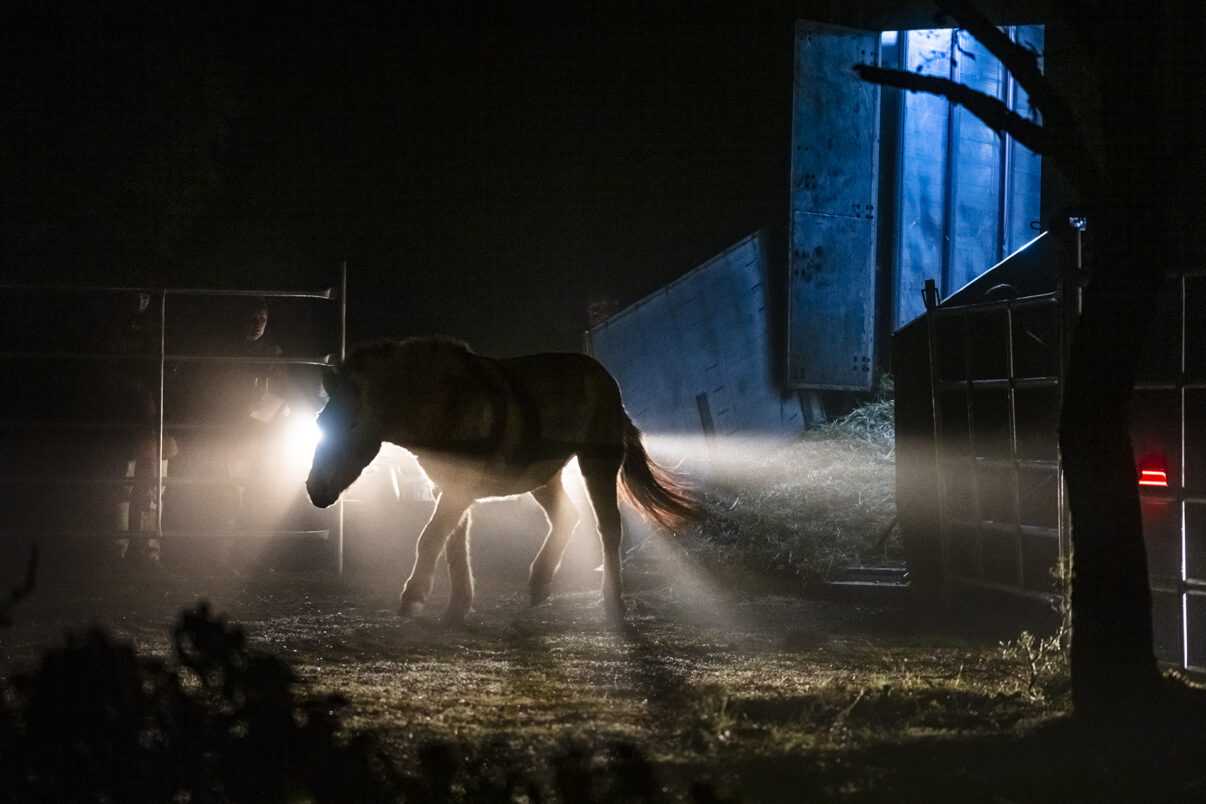
A uniquely valuable animal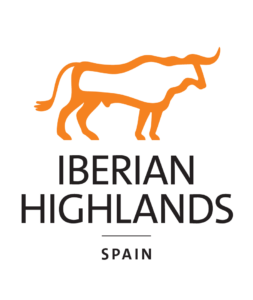
A herd of 16 Przewalski’s horses (12 females and four males) has been released in the Iberian Highlands rewilding landscape in Spain. The iconic animals arrived after a long journey from Hortobágy National Park in Hungary, have joined a group of 10 horses which were brought to the landscape in May from France, with the combined herd now kept in a 40-hectare acclimatisation enclosure.
In a few weeks, the entire herd will be released into a 5,700-hectare public forest near the village of Villanueva de Alcorón, where the grazing rights are managed by Rewilding Spain. The forest will become the first place in Western Europe where Przewalski’s horses move freely in the wild, with the animals delivering wide-ranging benefits to both people and nature.
“Through their grazing, the horses will help to open up the landscape, which will enhance biodiversity and reduce the risk of catastrophic wildfire,” says Rewilding Spain team leader Pablo Schapira. “These beautiful animals can help to change the narrative for the area by driving for economic development and environmental education in the area. We have already created two jobs for residents of Villanueva de Alcorón, and the potential for nature-based tourism growth is significant, because the local landscape has just become a unique place.”
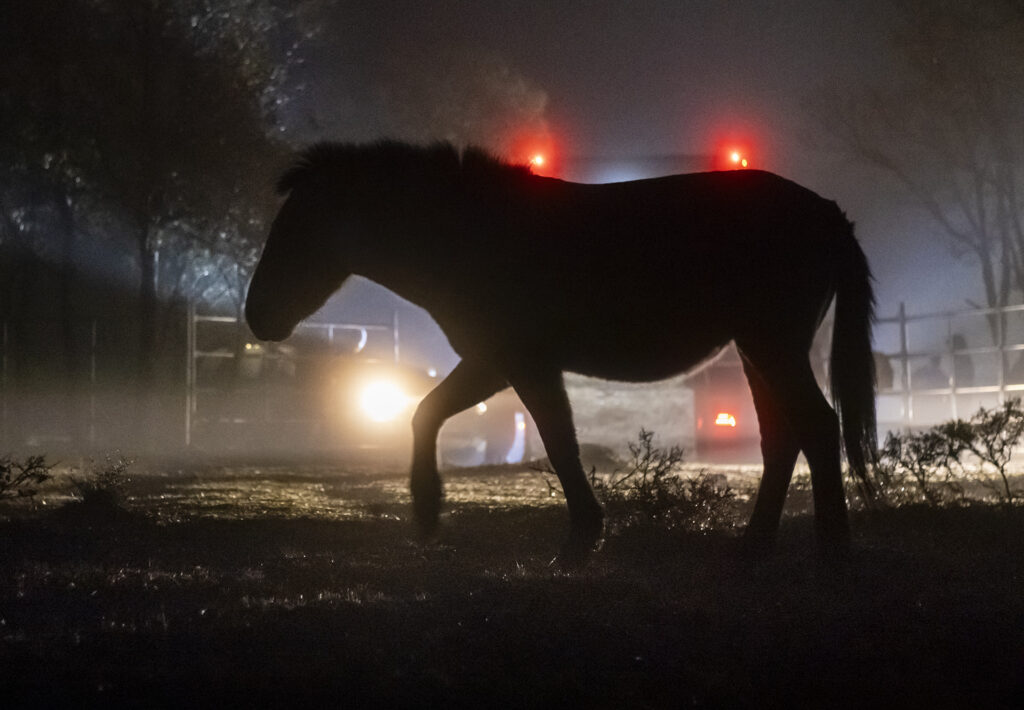
Towards a wilder, more beneficial landscape
As with many areas in the Spanish interior, the Iberian Highlands rewilding landscape has long been characterised by rural depopulation. This has left the human population density incredibly low, and contributed to the socio-economic decline. It has also led to the disappearance of livestock from the landscape. In turn, the consequent reduction in grazing has seen low-biodiversity, highly combustible shrubland develop in many areas.
Through their grazing and other interactions with their new environment, the Przewalski’s horses will help to restore the health of the local landscape by fulfilling an essential ecological role. In addition to boosting biodiversity and reducing the risk of wildfire, the keystone herbivores will increase the quality of pasture for other free-roaming grazers, such as red deer, roe deer, and fallow deer.
In total, seven of the Przewalski’s horses in the combined herd have been fitted with GPS transmitters. This will allow the rewilding team to keep track of the health and movement of the animals, and assess their beneficial impact on the landscape. Pablo Villa, Rewilding Spain’s herd manager, will play a key role in this.
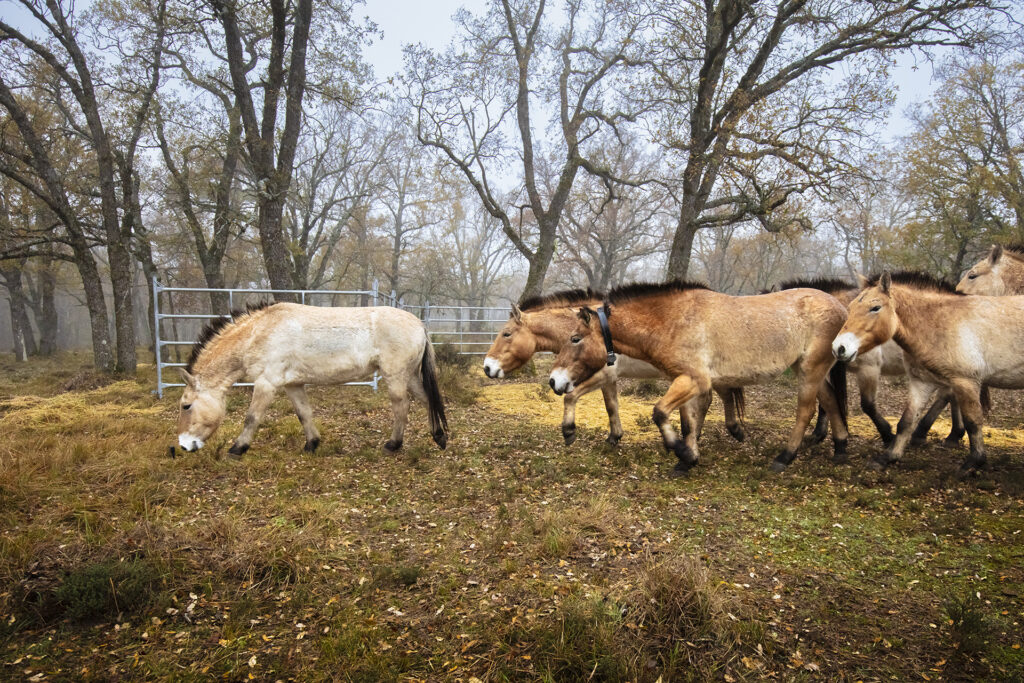
An endangered icon
An endangered subspecies of the wild horse (Equus ferus), the Przewalski’s horse (Equus ferus przewalskii) is the world’s last truly wild horse, with a total global population of around 2000 individuals. It is stockier than domesticated horses, with shorter legs. A unique opportunity to support collaborative efforts to conserve the species, the release of the herd in Villanueva de Alcorón represents a milestone for their conservation and rewilding in the local landscape.
In terms of selecting which horses to use for rewilding purposes, Rewilding Europe prioritises the functional role of the animal over any considerations around the breed. The Iberian Peninsula was once roamed by wild horses with very similar physical features to Przewalski’s horses, as evidenced by engravings and cave paintings, such as those in Altamira. However, these disappeared around 4000 years ago. With livestock numbers in the Iberian Highlands landscape significantly diminished, the Przewalski’s horses will fulfill the same ecological role as the extinct Iberian wild horse and more contemporary domesticated herbivores.
The restoration of natural processes – such as natural grazing and scavenging – is an essential element of the overall rewilding vision for the Iberian Highlands rewilding landscape, enhancing the diversity, resilience and functionality of wild nature, and the benefits it provides to local communities.
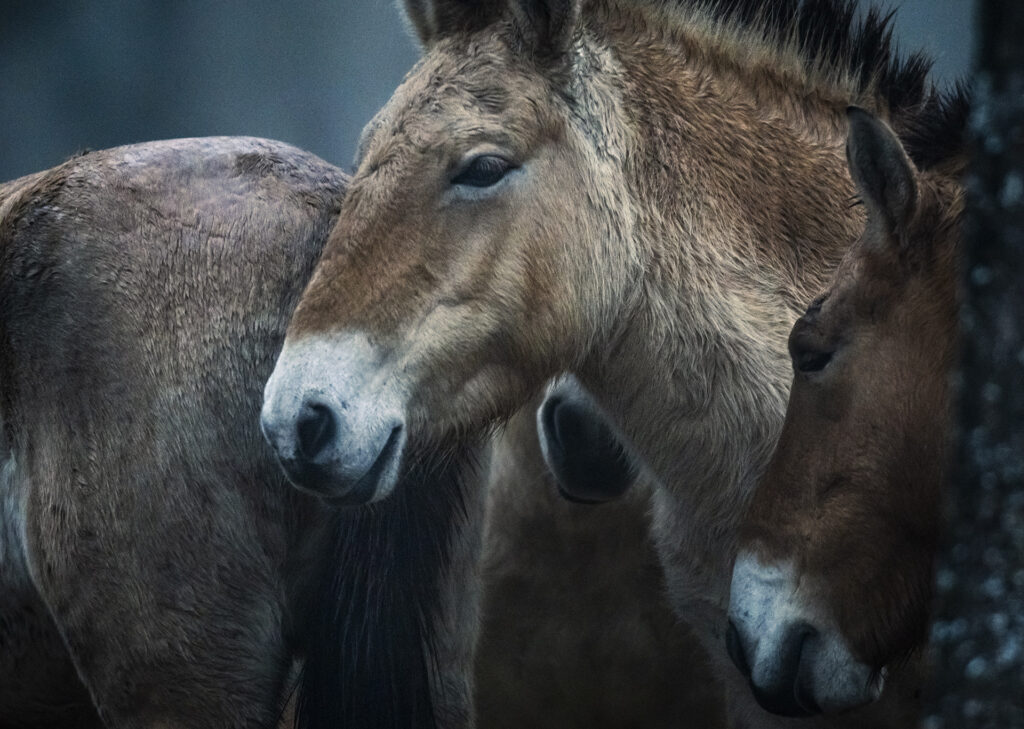
Positive engagement
The Przewalski’s horses have been released after lengthy consultation with the council of Villanueva de Alcorón, with residents of the village helping to construct the acclimatisation enclosure. Meetings with officials of the regional government and members of other communities in the area have taken place, ensuring that the local population support the presence of the animals and is aware of the benefits that they will deliver.
Uniquely within Hungary, Hortobágy National Park has kept Przewalski’s horses since 1997. With a current population of around 300 animals, it has supplied horses to several rewilding initiatives.
All rewilding measures in the Iberian Highlands rewilding landscape, including the release of Przewalski’s horses, are being carried out with support from Rewilding Europe, and funding from the Endangered Landscapes & Seascapes Programme and Cartier for Nature Foundation.
